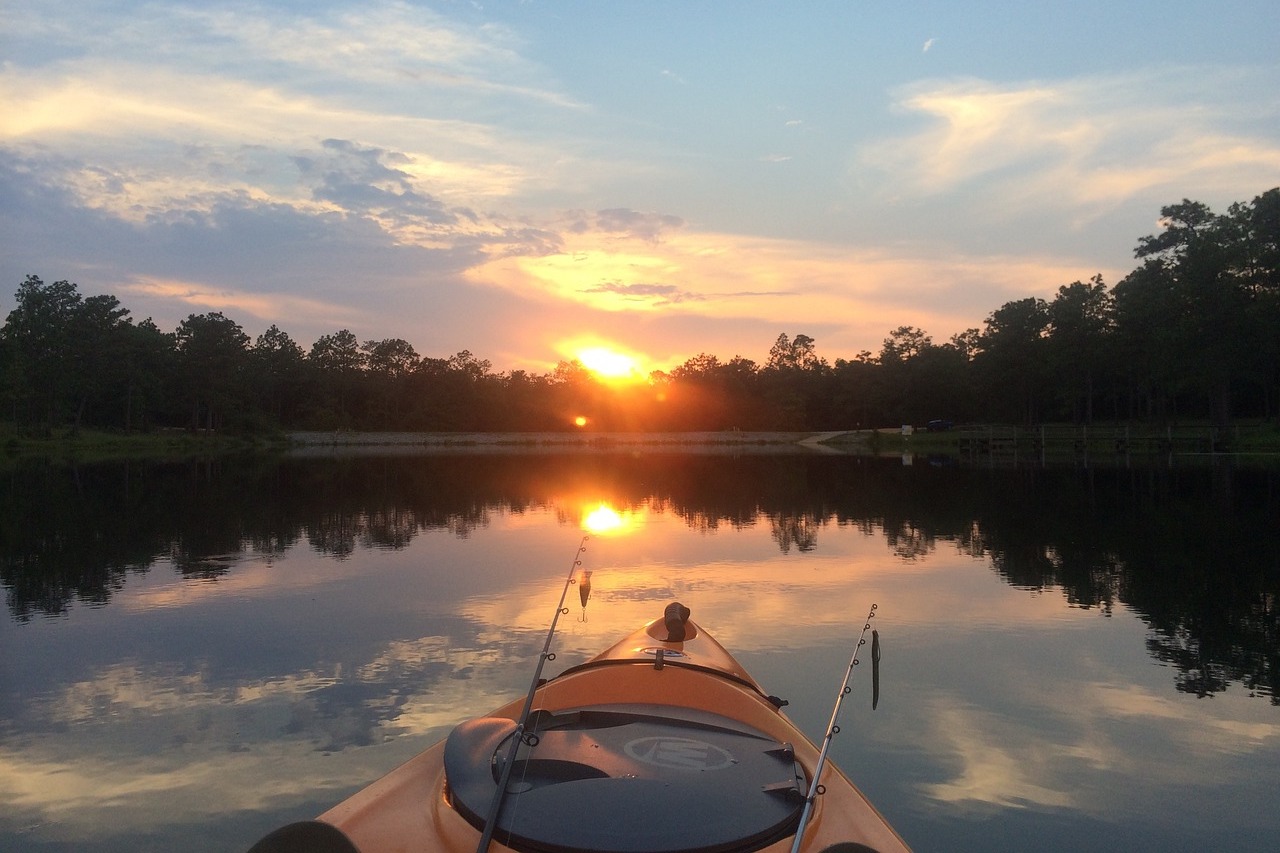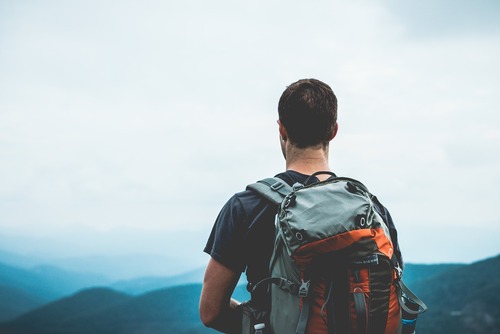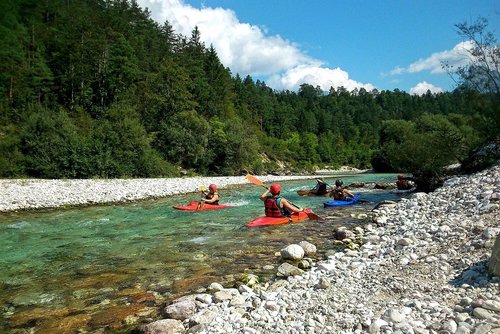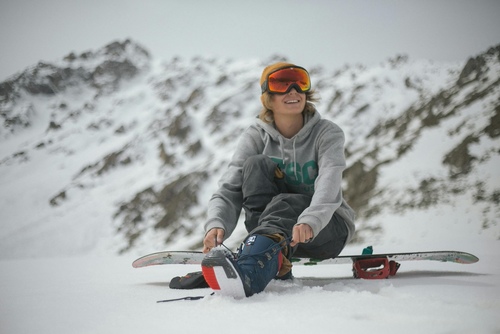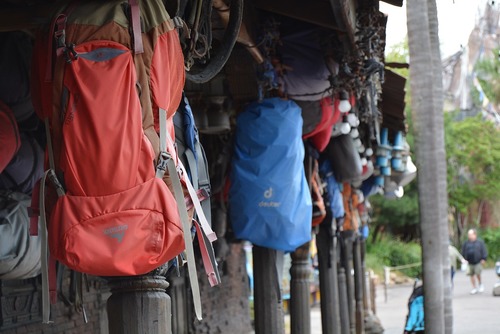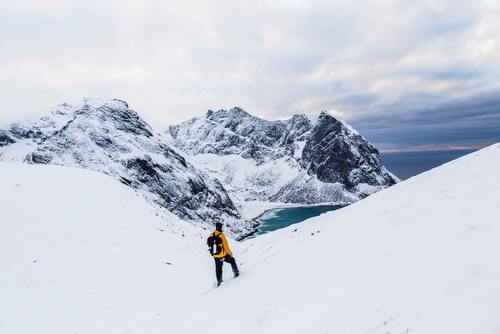Whether fishing on a lake, river, or the ocean, you will need to buy or rent some important pieces of equipment to bring with you to help you fish and deal with the elements while on your trip.
Check out our essential fishing checklist with some of the most essenttial accessories you need to get.
1. Life Jacket
Weather changes can come from nowhere. A big branch could also fall from a tree and knock you out. Hitting something beneath the surface or a strong undercurrent can force your kayak to topple into the water.
While capsizing appears to be the most common difficulty kayak anglers face, a PFD will provide enough buoyancy to keep you afloat as you return to your kayak or a nearby coastline. So, you should always have a life jacket with you.
You should choose the right size jacket to get the most from it. Some people say you should select a PFD according to your weight, which is true for children. However, when it comes to adults, you should go with size. For the best outcome, measure your chest size.
The best way to determine your chest size is to measure the diameter of your chest from the widest point with a flexible tape measure.
2. Navigation Lights
Kayak lights come in various configurations, including battery-powered, rechargeable, and solar-powered. Battery-powered lights are the most common because they provide convenience and ease of usage.
Before acquiring navigation lights for your kayak, get acquainted with the local lighting laws for small watercraft.
This is because different regions have different restrictions regarding the type of lights and where they should be placed on the kayak.
Regardless of the lights you go for, ensure they are weatherproof and can endure exposure to water, dampness, and vibrations. To protect them against the elements, look for lights with strong construction and sealing.
For peace of mind that the lights will give you a great experience, buy them from a reputable store such as reliablefishing.com.
3. Hat
While simple in design, a fishing hat that covers your head can significantly affect your day on the water. A hat keeps you warm, dry, and safe from the sun’s rays and annoying mosquitoes.
The sort of hat you wear varies depending on the season. Since you can lose up to 40% of your body heat above the shoulders, a good ol’ stocking hat will suffice till warmer weather arrives.
In extreme cold, trapper hats are a smart choice. Other types of fishing hats that you can go for include:
- The classic baseball cap.
- The Mooney hat.
- The wide-brimmed straw hat.
- The up-downer baseball cap.
- The traditional wide-brimmed caped hat.
Most kayakers wear a regular baseball cap, but this isn’t the right way to go about it. For the best protection, choose something that covers the neck and provides shade to the ears and nose.
4. Quick Dry Clothing
While paddling to your fishing spot, you will undoubtedly sweat, and the moisture will enter your clothing. To stay dry, you should wear a quick-drying clothing that will keep you warm while heat is transferred from your body.
You should avoid wearing cotton as much as possible. Even if you become wet, synthetic clothing will usually keep you warm. Rain proof clothing is recommended.
Always check the weather before going on. a trip and dress for the temperature. Layers are ideal, as when the sun goes it can get cold even in summer.
Your clothing options should be loose enough to allow you to move freely. If you will be fishing in cold weather you could consider getting a dry suit.
5. Water Shoes
In every sport or activity, having footwear that protects your feet and allows you to perform at your best is essential. There are a number of specifically designed water shoes that can endure sharp pebbles while also not slipping on slick surfaces.
They are relatively light and have tough outsoles that can survive any conditions.
Look for water shoes made exclusively for kayaking or other water sports. These shoes are often light and quick-drying, with good traction on damp surfaces. They should protect your feet while still allowing you to paddle freely.
Comfort is critical, especially when spending lengthy periods in a kayak. Look for water shoes that are snug but not too tight. Shoes with adjustable closures, such as bungee cords or straps, provide a more personalized fit, so go for this.
6. Fishing Gloves
Gloves protect you from the sun’s UV rays and wounds from line and fish spines, which can easily puncture your hands and fingers.
There are numerous types, with fingerless gloves being one of the most popular. Fish should not be handled with dry gloves; soak them before handling a fish after you have caught it.
Furthermore, they might assist you in avoiding blisters when paddling your kayak.
Fishing gloves come in various materials, such as neoprene, synthetic textiles, and leather. Neoprene gloves are popular due to their water resistance and insulating features, but synthetic fabrics such as polyester or nylon dry quickly.
Leather gloves are durable and protective. However, they may not be appropriate for rainy conditions.
Regardless of the ones you settle on, ensure they fit well. Your gloves should be snug but tight, allowing proper blood circulation and finger movement. Consult the manufacturer’s sizing chart or customer feedback to find the proper size to buy.
7. Sunglasses
Glare from the water’s surface or the sun can strain your eyes and impair your eyesight. These glasses help you see into the water and seek indicators that will help you capture more fish if there is clarity. They can shield your eyes from flying objects, branches, and UV radiation.
You should wear sunglasses with polarized lenses to minimize glare and improve sight in bright environments. Polarized glasses also allow you to see beneath the water’s surface, making locating fish and underwater structures easier.
8. Kayak Crate
One of the most critical items on your kayak for keeping your tackle, rods, and other items organized. Some are milk crates that have rod holders attached. The good thing with these is that you can quickly bungle them down to the back of your kayak and easily reach them when exchanging rods or pulling fresh bait from your tackle box.
9. Kayak Paddle
A paddle is one of the most important things to get, even if you have a peddle kayak. Don't got the a heavy cheap paddle, spend the money and go for a lightweight option with a good grip.
10. Kayak Anchor
This is perfect if you want to stay in a specific location, and also if you don't want to be battling the wind.
For Beginners
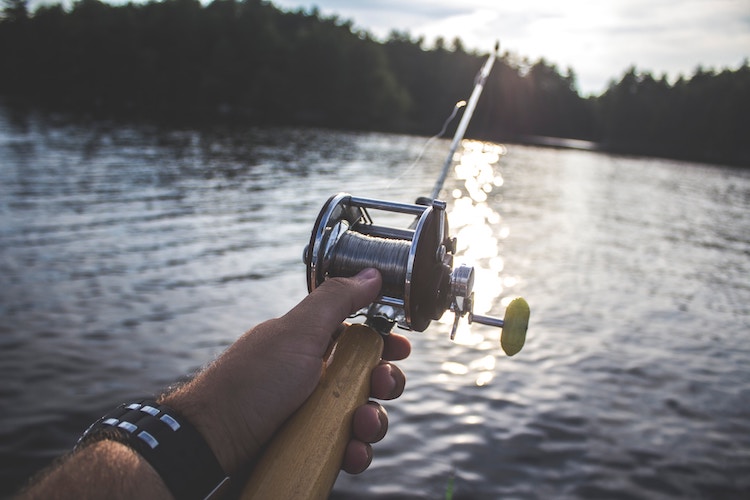
Our checkist above is based on people who enjoy and have been fishing, but if you are a total beginner and planning your first trip, these are some more important things to buy:
- Dry Box
- Rod Holder
- Paddle Holder
- Fish Landing Net
- Fillet Knife
- Fishing Pliers
- Kayak Cooler
- Fishing Crate
- First Aid Kit
Optional Tech, Gadgets and Equipment
- Kayak Cart
- Kayak Anchor Trolley
- GPS
- Fish Finder Device
- Fishing Scales
Plan a Successful Kayaking Fishing Trip
No matter if you are going fishing in Florida or around the world, these gadgets and accessories will really enhance your experience.
Do you have any accessories you use which we have missed off our list? Let us know.

